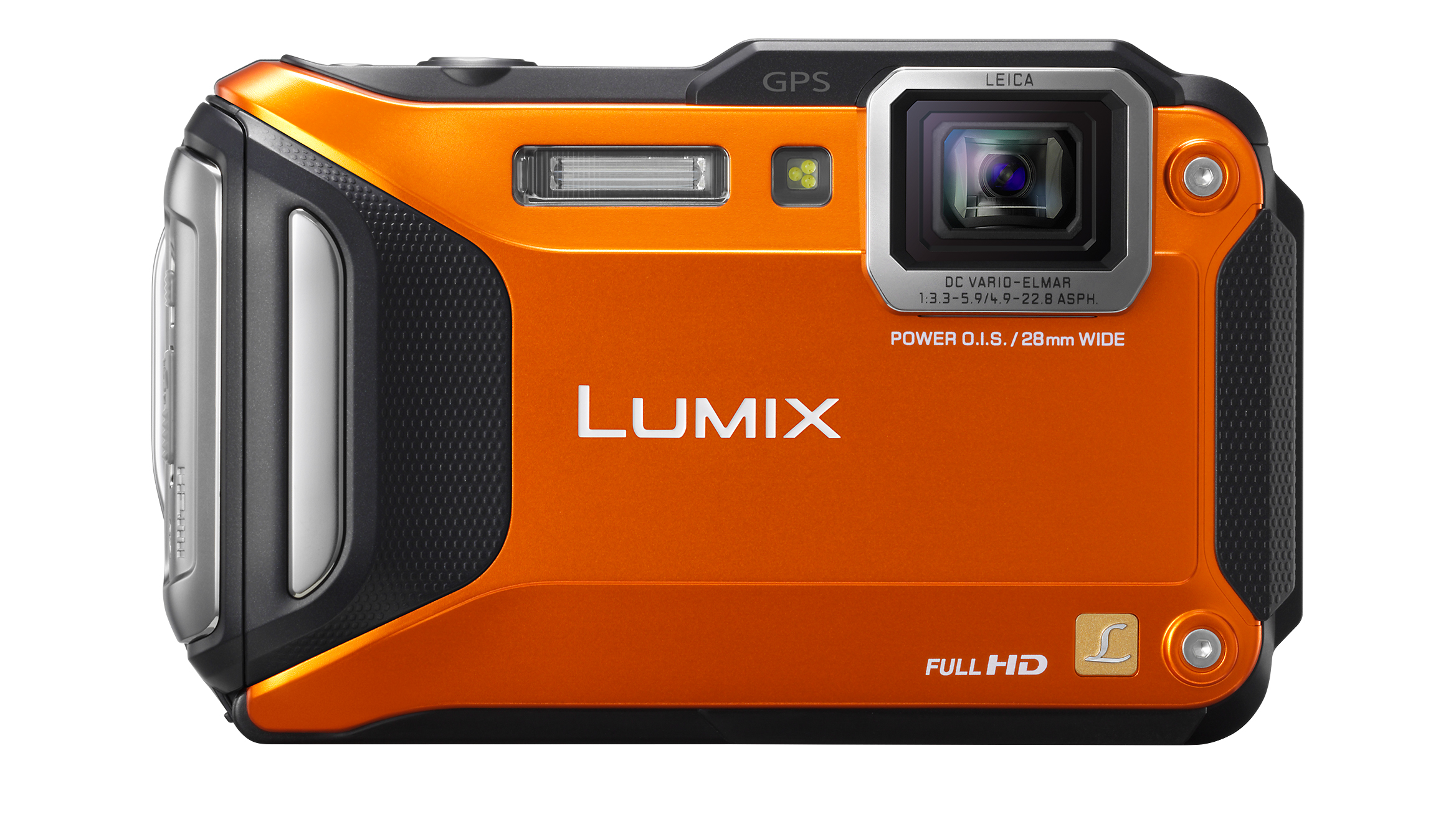Why you can trust TechRadar
Waterproof or rugged compact cameras such as the Panasonic FT5 (TS5 in the US) are a great choice for outdoor types who likes to take photographs while canoeing, snorkelling or orienteering and the like.
In many respects, the Panasonic Lumix FT5 is similar to the Panasonic FT4 that it replaces, but it can survive being taken down as far as 13m (42.7ft) underwater (1m more than the Panasonic FT4 and 1m more than is marked on the sample camera we handled).
It can also cope with being dropped from 2m (6.6ft) and frozen down to -10C (14F) - like the Panasonic FT4.
Significantly, the new camera's pixel count has been raised to 16.1MP from the 12.2MP of the Panasonic FT4. This is a sizeable jump in resolution, and it brings the Panasonic FT5 up to speed.
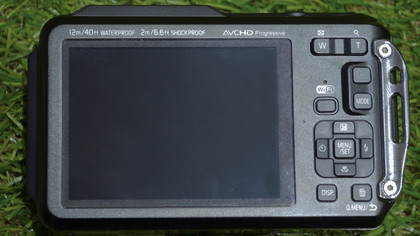
In addition, the Panasonic FT5's new processing engine enables 10fps burst shooting, time-lapse recording (with the movie created in-camera) and Full HD 50p video recording.
Like the Panasonic FT4, the Panasonic FT5 has a Leica lens with a focal length range equivalent to 28-128mm. We found that this performed pretty well on the Panasonic FT4, so it will be interesting to see what it can do with an extra 4 million pixels at its disposal.
The addition of NFC (Near Field Communication) and Wi-Fi technology is likely to be popular with those who want to share their images quickly. This seems a particularly good addition for a rugged camera that is likely to get wet and dirty, because it means no port covers need to be opened to download images.
NFC technology makes connecting to a Wi-Fi network extremely simple, since it just requires you to touch two NFC-enabled devices together.
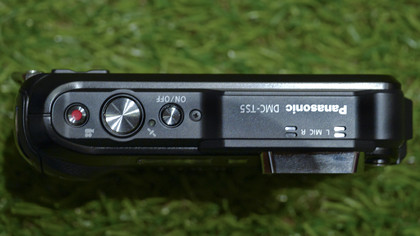
While new Android smartphones have NFC chips, Apple has yet to include one in its iPhone - it's hotly rumoured to be coming for the iPhone 5S, though.
Panasonic has also augmented the FT5's ability to geotag images because, in addition GPS technology, it has GLONASS technology for improved coverage.
Since it withstands submersion to 13m, the Panasonic FT5 is likely to find favour with scuba divers and snorkellers.
These people will also be pleased to learn that Panasonic has improved the camera's underwater performance by linking the white balance system to the barometer in Underwater mode. This means that the colour shift that occurs as you dive deeper into the water is corrected.
Build and handling
Apart from the changes to the LCD screen, the design of the Panasonic FT5 is very similar to the Panasonic FT4's.
The buttons are sensibly arranged, and it's easy to find your way around the menu. However, it is always tricky to strike a balance between producing a camera that has buttons that can be operated easily when wearing gloves and making one that looks like a child's toy.
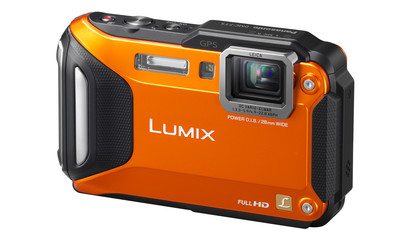
On the whole, we think Panasonic has opted for sleekness, and this may mean that skiers have to remove their gloves before making any adjustments to the camera settings.
Those wearing wetsuit gloves are unlikely to have this luxury, but it should be possible to make adjustments, even if it is a bit frustrating.
As usual with most compact cameras these days, the Panasonic FT5 has no viewfinder, and images are composed on the LCD screen.
This is now a 3-inch 460,000-dot unit (the Panasonic FT4 has a 2.7-inch 230,000-dot LCD) and on the pre-production sample we saw it provided a nice, clear view of the scene.
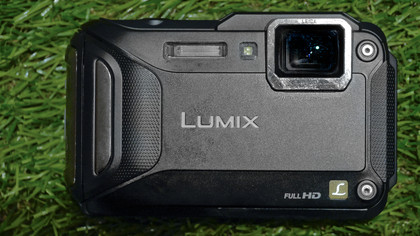
However, we were only able to use the camera indoors in fairly low light, so we will have to wait to get a final production sample in for our full review before we can comment on how well it copes in bright conditions.
This is an important issue for a camera that is designed for use in water or snowy conditions.
Early verdict
Although many aspects of the Panasonic FT5 are the same as the Panasonic FT4, the fact that the sensor and processing engine has changed means that the image quality it produces is an unknown quantity.
As yet we have only handled a pre-production sample, and we have not been able to examine any images from it. We are looking forward to giving the Panasonic FT5 a full test as soon as a production sample becomes available.
What is a hands on review?
Hands on reviews' are a journalist's first impressions of a piece of kit based on spending some time with it. It may be just a few moments, or a few hours. The important thing is we have been able to play with it ourselves and can give you some sense of what it's like to use, even if it's only an embryonic view. For more information, see TechRadar's Reviews Guarantee.
